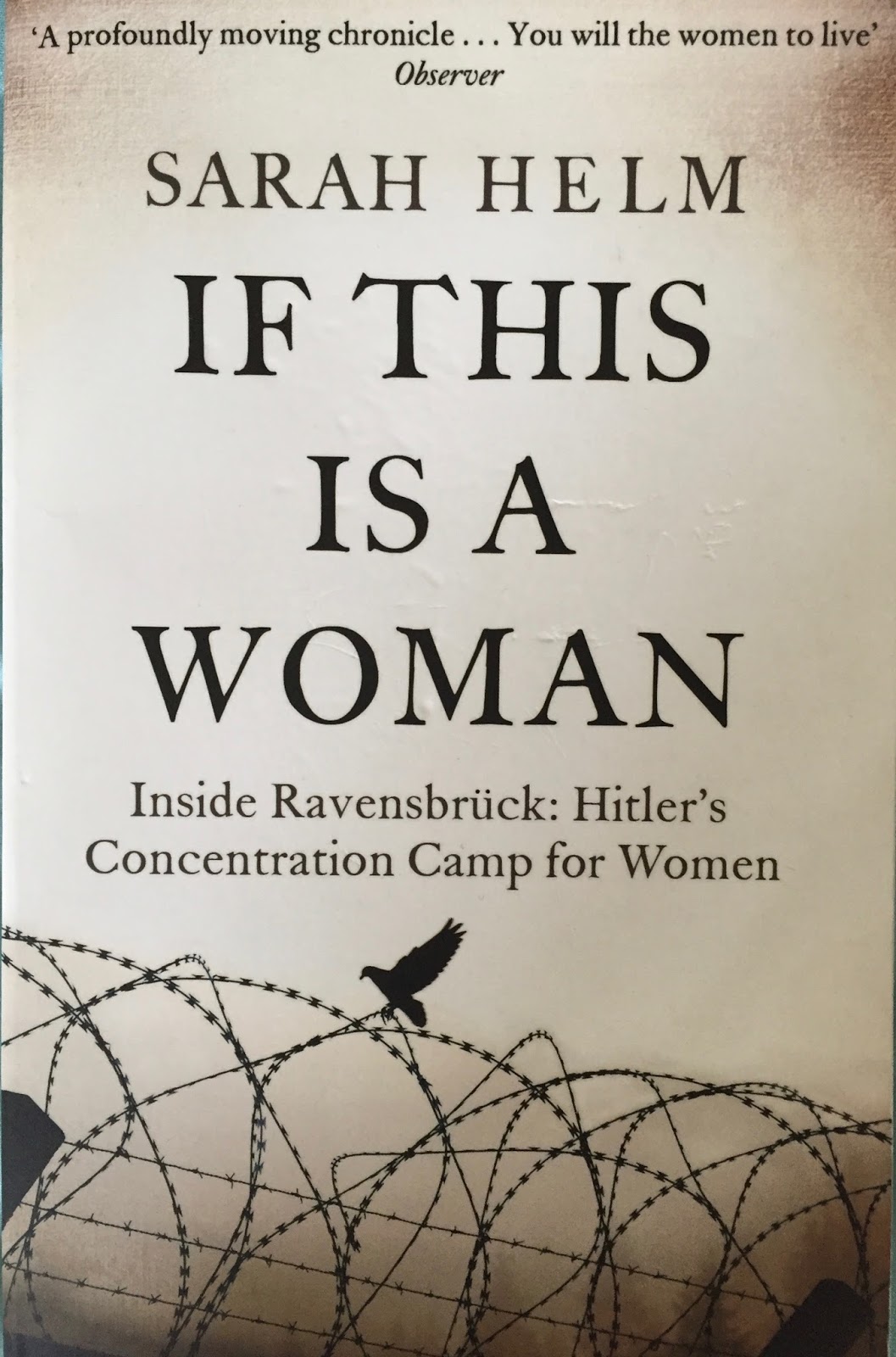

A bibliography published in 2000 has almost a thousand entries the camp became a memorial in the German Democratic Republic in 1959 and since 1993 has become part of a new, larger commemorative site. That said, Ravensbrück is not “still today, hidden away, its crimes unknown, the voices of its prisoners silenced”, as Helm claims. She rightly says her book is the first exhaustive “biography of Ravensbrück beginning at the beginning and ending at the end”. She makes unimaginable suffering seem almost graspable through hundreds of intimate stories. She has recovered the testimony of scores of women, many from eastern Europe, many of whom had until now been silent she describes the Nazi medical experiments at the camp from the perspective of its terrified victims and she recovers the history of the ancillary children’s camp nearby. Sarah Helm’s first book was about Vera Atkins, who worked in the French section of the Special Operations Executive and after the war traced some of the female agents she had lost in action to Ravensbrück.

Himmler had been warned from the start that the camp – grotesquely crowded, holding 50,000 at its peak – would be too small. Male prisoners were sent from Sachsenhausen and built the new camp on the first 867 women arrived, and 130,000 more would follow before Ravensbrück was liberated by the Red Army in April 1945. He chose a site near the village of Ravensbrück in the picturesque Lake District of Mecklenburg, an hour away from Berlin, where one of his best friends in the SS had a country house. E arly in 1938 Heinrich Himmler began to plan a concentration camp for “deviant” women: prostitutes, abortionists, “asocials” and socialists, habitual criminals, communists and Jehovah’s Witnesses, among others.


 0 kommentar(er)
0 kommentar(er)
